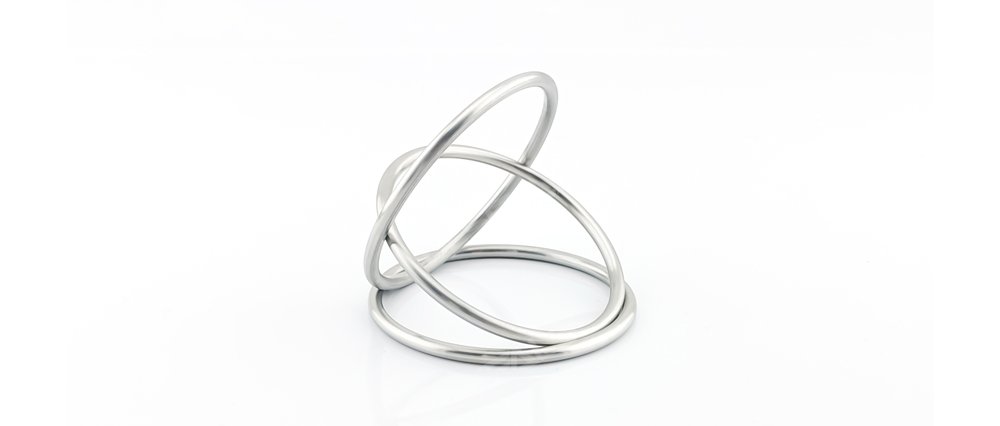In the realm of sealing solutions, the battle between rubber and metal has raged on for decades, each boasting its own set of advantages and applications. But which material emerges victorious in this clash of titans? Let’s delve into the intricacies of rubber and metal seals to uncover the pros, cons, and optimal use cases for each.
Rubber Seals:
Rubber seals, often made from elastomers like silicone, neoprene, or EPDM, are renowned for their flexibility and resilience. They excel in applications requiring compression and deformation, such as sealing doors, windows, and pipes. Their ability to conform to irregular surfaces makes them ideal for achieving a tight, reliable seal, even in challenging environments.
Advantages of rubber seals include:
Flexibility: Rubber seals can adapt to varying shapes and surfaces, ensuring effective sealing even in non-uniform conditions.
Resilience: They exhibit excellent resistance to weathering, UV exposure, and chemicals, prolonging their lifespan and maintaining sealing integrity.
Cost-effectiveness: Rubber seals are often more economical than their metal counterparts, offering a budget-friendly sealing solution for a wide range of applications.
However, rubber seals also have limitations:
Temperature Sensitivity: Extreme temperatures can affect the performance of rubber seals, leading to degradation and loss of sealing effectiveness.
Compression Set: Over time, rubber seals may experience compression set, where they fail to return to their original shape after being compressed, compromising the seal.
Mechanical Strength: In high-pressure or abrasive environments, rubber seals may not provide the required mechanical strength and durability.
Metal Seals:
Metal seals, crafted from materials like stainless steel, aluminum, or copper, offer robustness and stability in demanding conditions. They find application in high-pressure systems, vacuum environments, and where extreme temperatures or corrosive substances are present. Metal seals provide an unyielding barrier, maintaining integrity under intense stress.
Advantages of metal seals include:
High-Temperature Resistance: Metal seals can withstand extreme temperatures without sacrificing sealing performance, making them suitable for aerospace, automotive, and industrial applications.
Pressure Resistance: Their inherent strength enables metal seals to withstand high-pressure environments, ensuring leak-free operation in critical systems.
Chemical Compatibility: Metal seals exhibit excellent resistance to corrosion and chemical degradation, ensuring longevity and reliability in harsh environments.
Yet, metal seals also have drawbacks:
Rigidity: Unlike rubber seals, metal seals lack flexibility and may not conform well to irregular surfaces, leading to potential leakage in certain applications.
Cost: Metal seals are often more expensive than rubber seals, particularly in low-pressure or less demanding applications, making them less economically viable.
Galvanic Corrosion: When used in conjunction with dissimilar metals, metal seals are susceptible to galvanic corrosion, which can compromise sealing integrity over time.
Conclusion:
In the rubber vs. metal sealing debate, there’s no one-size-fits-all answer. Each material has its own strengths and weaknesses, and the choice ultimately depends on the specific requirements of the application. For applications demanding flexibility, cost-effectiveness, and moderate operating conditions, rubber seals may be the preferred choice. Conversely, in high-pressure, high-temperature environments where durability and reliability are paramount, metal seals emerge as the superior option.
Understanding the nuances of rubber and metal seals empowers engineers and designers to make informed decisions, selecting the most suitable sealing solution to ensure optimal performance and longevity in their applications. Whether it’s the resilience of rubber or the robustness of metal, both materials play a crucial role in sealing technology, shaping industries and driving innovation forward.
Post time: Jun-13-2024

